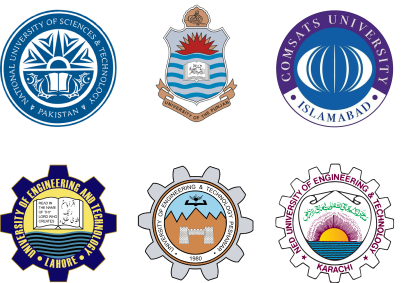Artificial intelligence in retail is being applied in new ways across the entire product and service cycle—from assembly to post-sale customer service interactions, but retail players need answers to important questions:
1. Sales and CRM Applications
Natural Language Processing (NLP) is a common notion for a variety of Machine Learning methods that make it possible for the computer to understand and perform operations using human (i.e. natural) language as it is spoken or written.

The most important use cases of Natural Language Processing are:
Conversica “sales assistant” software is designed to automate and enhance sales operations processes by identifying and conversing with internet leads. The sales lead and management company claims the authentic-sounding messages result in an average engagement rate of 35%.
2. Brilliant Manufacturing
General Electric’s (GE) Brilliant Manufacturing software, in part inspired by GE’s relationships with client manufacturing companies over the past two decades, was designed to make the entire manufacturing process—from design to distribution and services—more efficient and hence save big costs over time. The software includes a suite of analytics and operational intelligence tools appropriate for a range of manufacturers.
3. Dataset
All the data that is used for either building or testing the ML model is called a dataset. Basically, data scientists divide their datasets into three separate groups:
- Training data is used to train a model. It means that ML model sees that data and learns to detect patterns or determine which features are most important during prediction.
- Validation data is used for tuning model parameters and comparing different models in order to determine the best ones. The validation data should be different from the training data, and should not be used in the training phase. Otherwise, the model would overfit, and poorly generalize to the new (production) data.
- It may seem tedious, but there is always a third, final test set (also often called a hold-out). It is used once the final model is chosen to simulate the model’s behaviour on a completely unseen data, i.e. data points that weren’t used in building models or even in deciding which model to choose.
It’s not by any means exhaustive, but a good, light read prep before a meeting with an AI director or vendor – or a quick revisit before a job interview!
Aron Larsson
– CEO, Strategy Director
Lorem ipsum dolor sit amet, consectetur adipiscing elit, sed do eiusmod tempor incididunt ut labore et dolore magna aliqua. Ut enim ad minim veniam, quis nostrud exercitation ullamco laboris nisi ut aliquip ex ea commodo consequat. Duis aute irure dolor in reprehenderit in voluptate velit esse cillum dolore eu fugiat nulla pariatur.











